Village Idiot
No longer a newbie, moving up!
- Joined
- Mar 20, 2008
- Messages
- 7,269
- Reaction score
- 406
- Location
- Shepherdsturd, WV / Almost, MD
- Can others edit my Photos
- Photos NOT OK to edit
First of all, AWB shoots in a certain color temp range. That's why you can take a photo outside at night under sodium vapor street lamps and still have an orange frame.
Now what what Derrel is saying in his book there is that an inaccurate WB can cause a color channel to be blown. Think of when you're shooting a live band and one of those blue or red stage lights hits your subject and all you get a blue channel that looks like crap because all of the blue light being focused on the subject and causing the exposure for that color to be blown. That could happen.
My take on WB, especially AWB is to set it for what you're shooting and don't use AWB. If you set it for the light you're shooting in, then you don't have to adjust it in post. This is important if you're shooting in changing light conditions like shooting in doors and out or a live show with real lighting. The AWB won't necessarily be able to handle the color range or having one single WB means you'll have to do that much more work in post. The other reason is if you start using strobes and specifically gelling them, then you'll want a proper consistent WB for what you're shooting.
Now what what Derrel is saying in his book there is that an inaccurate WB can cause a color channel to be blown. Think of when you're shooting a live band and one of those blue or red stage lights hits your subject and all you get a blue channel that looks like crap because all of the blue light being focused on the subject and causing the exposure for that color to be blown. That could happen.
My take on WB, especially AWB is to set it for what you're shooting and don't use AWB. If you set it for the light you're shooting in, then you don't have to adjust it in post. This is important if you're shooting in changing light conditions like shooting in doors and out or a live show with real lighting. The AWB won't necessarily be able to handle the color range or having one single WB means you'll have to do that much more work in post. The other reason is if you start using strobes and specifically gelling them, then you'll want a proper consistent WB for what you're shooting.


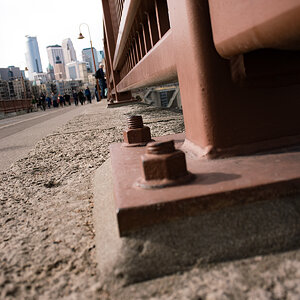
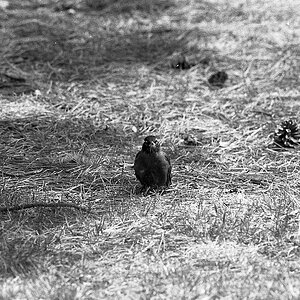
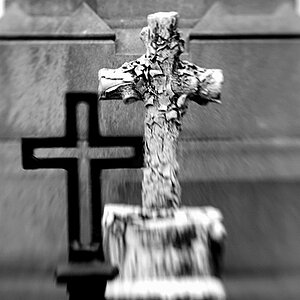
![[No title]](/data/xfmg/thumbnail/33/33492-0ad5e1a91781a72cd081fb3f06aa3628.jpg?1619736003)
![[No title]](/data/xfmg/thumbnail/32/32169-37e80837cd927f85261d4e03344eef0d.jpg?1619735234)
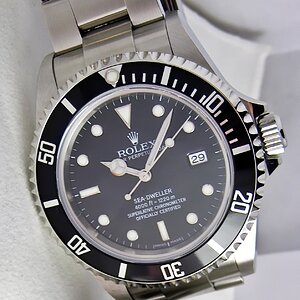
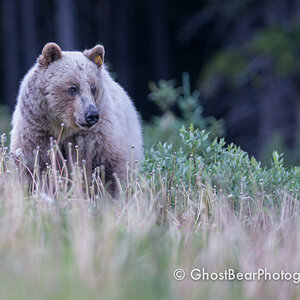
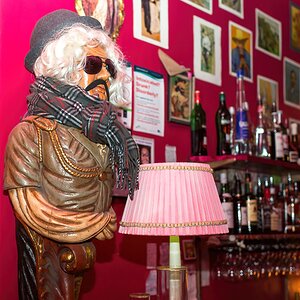
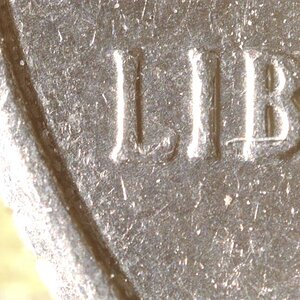
![[No title]](/data/xfmg/thumbnail/32/32176-48b4ba2fc0e35afa267c5882154e7620.jpg?1619735235)
![[No title]](/data/xfmg/thumbnail/32/32170-3fce4409fbea1f5e9818209c7e87c1ea.jpg?1619735234)
![[No title]](/data/xfmg/thumbnail/32/32167-524b76a903731ff48d48682c9f9b0978.jpg?1619735234)